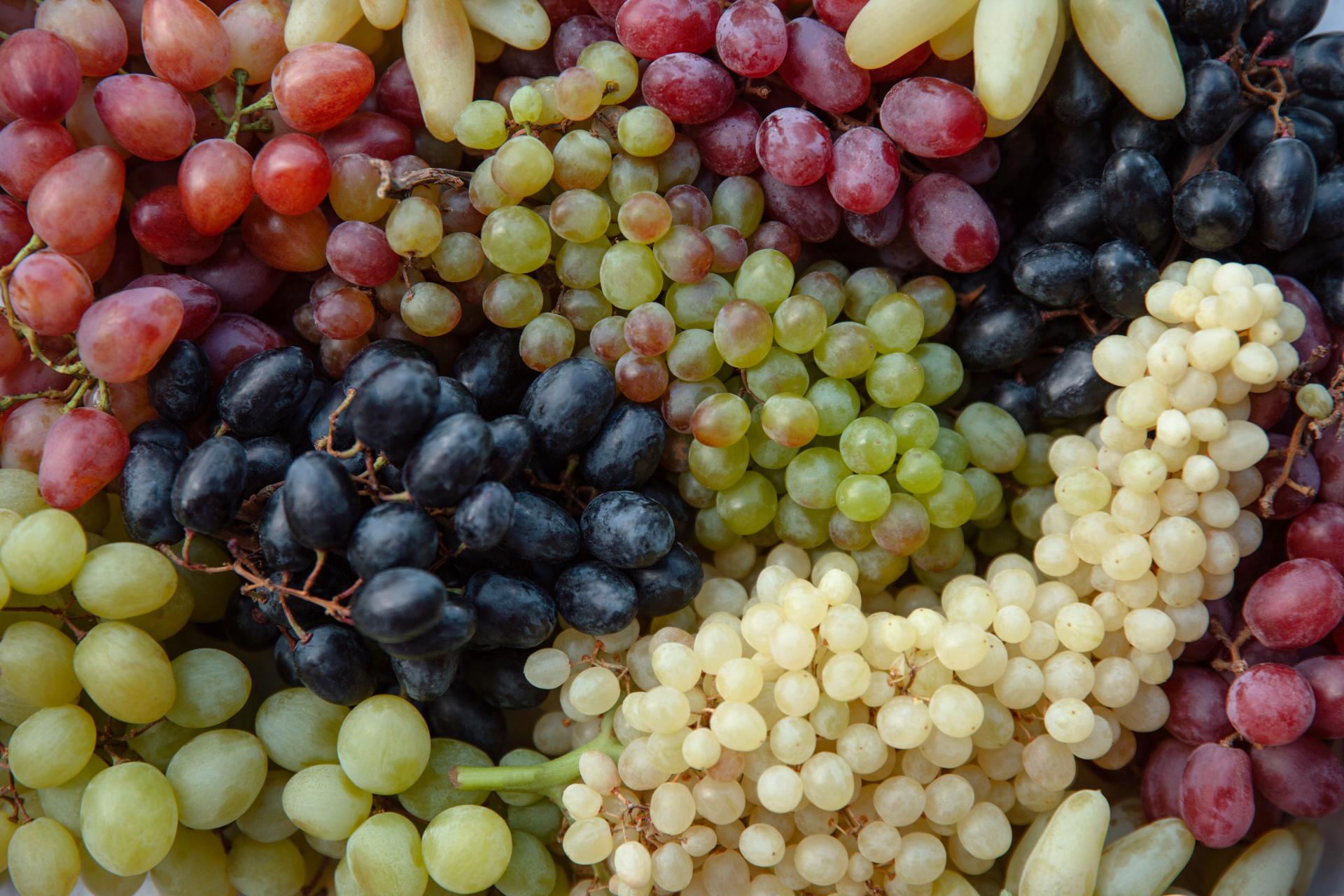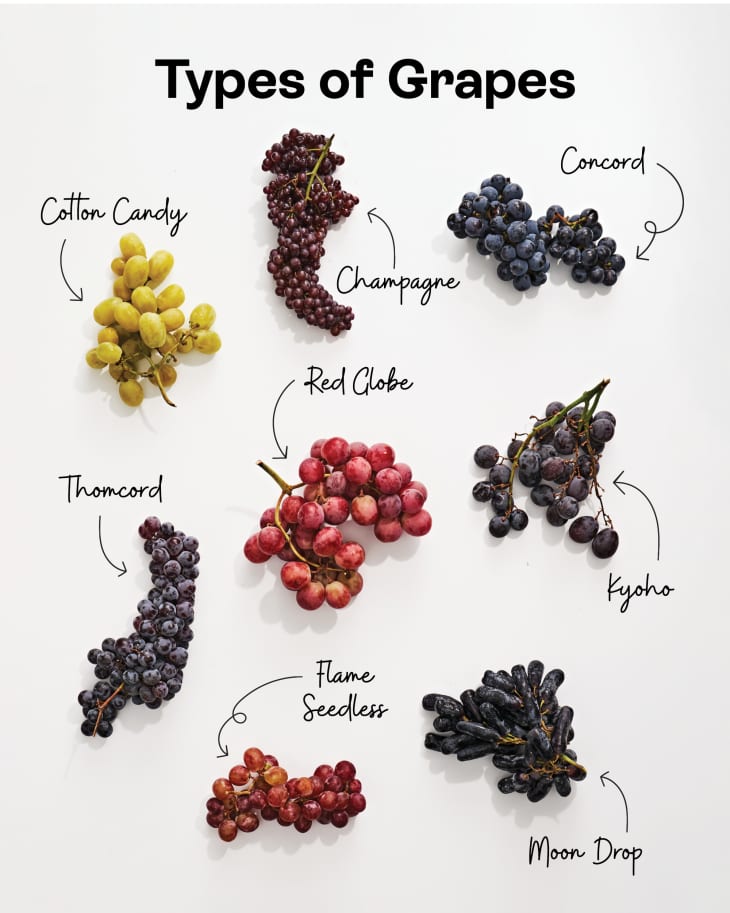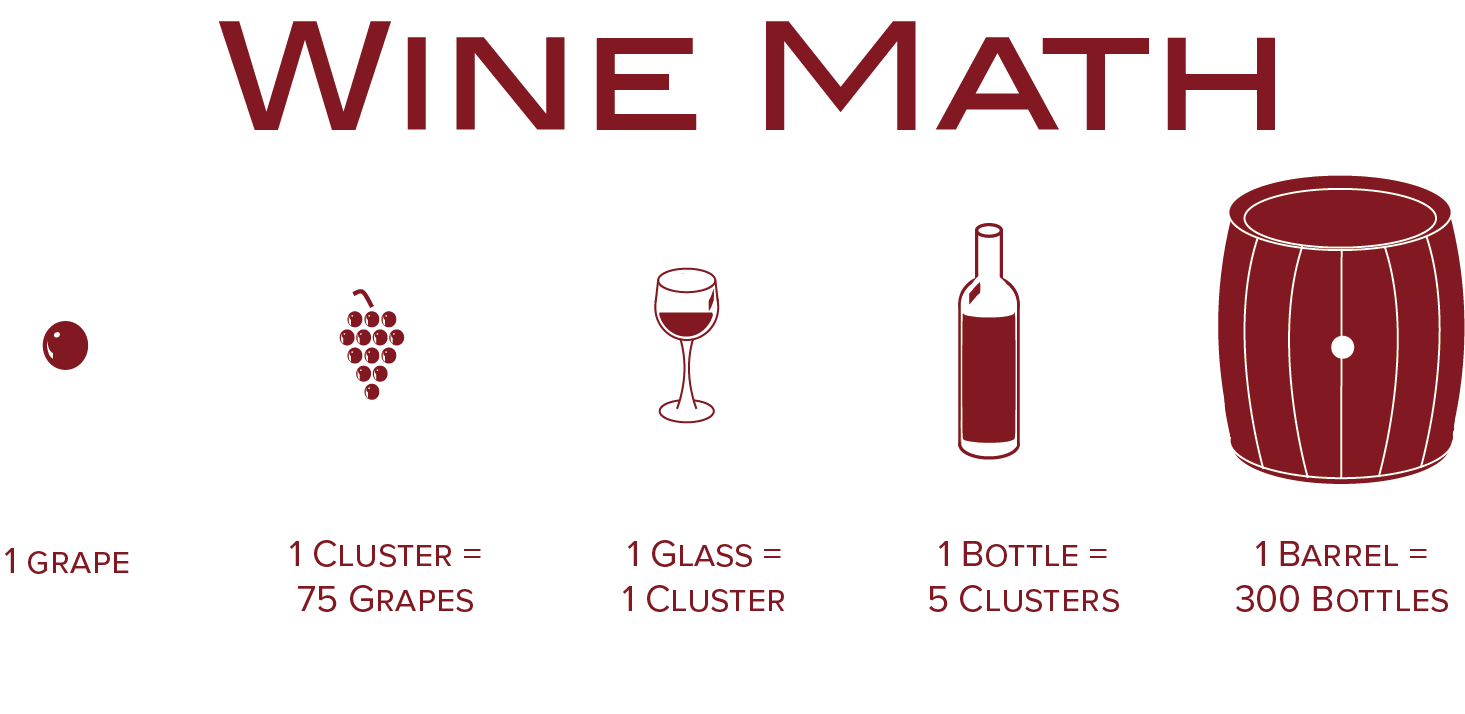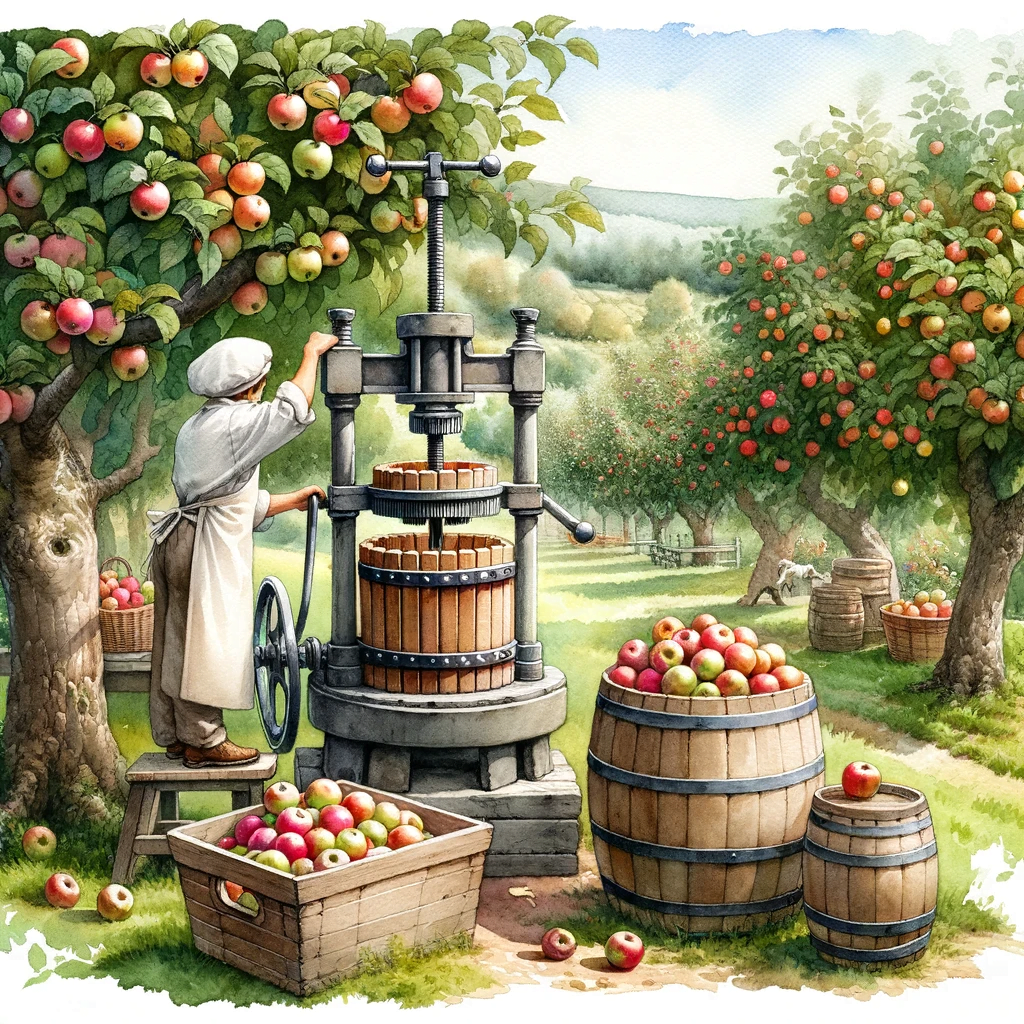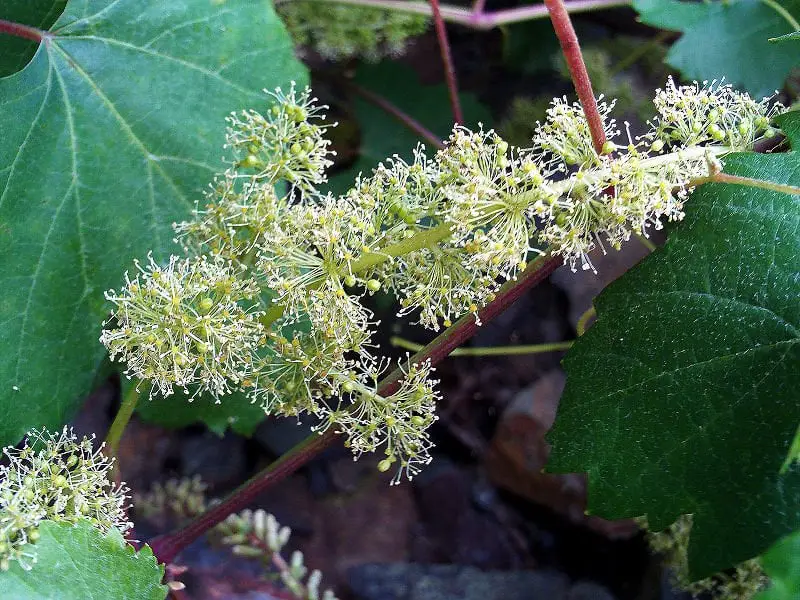In search of the sweetest grapes? Look no further. This article provides an insightful exploration into the world of grapes, specifically focusing on the question of which variety reigns supreme in terms of sweetness. Embark on a journey that takes you through different grape varieties, highlighting their unique taste profiles and offering valuable insights on selecting the perfect sweet grape for your palate. Discover the secrets behind the much-desired sweetness that tantalizes the taste buds, as we unravel the mystery of what grapes truly deserve the title of the sweetest.
Types of Sweet Grapes
When it comes to sweet grapes, there are several varieties that stand out for their delectable taste and sweetness. Each type of grape has its own unique flavor profile and characteristics that make it a favorite among grape lovers. In this article, we will explore some of the sweetest grape varieties available, including Concord Grapes, Muscat Grapes, Thompson Seedless Grapes, and Riesling Grapes. Additionally, we will discuss the factors that affect the sweetness of grapes, other sweet grape varieties, grapes with natural sugars, grapes with added sweetness, and how to select the sweetest grapes.
Factors Affecting Sweetness
The sweetness of grapes can be influenced by various factors. Understanding these factors can help you choose the sweetest grapes for your palate.
Ripeness
Ripeness plays a significant role in the sweetness of grapes. As grapes mature, their sugar content increases, resulting in a sweeter taste. The ideal ripeness of grapes varies depending on the variety, but in general, look for plump grapes with a rich, vibrant color. Grapes that are overly ripe may lose some of their sweetness or develop an undesirable taste.
Growing Conditions
Another factor that affects the sweetness of grapes is the growing conditions. Grapes grown in regions with ample sunshine and moderate temperatures tend to be sweeter and more flavorful. The soil composition and nutrient availability also contribute to the overall taste of the grapes.
Varietal
Different grape varieties have distinct flavor profiles, and some are naturally sweeter than others. Each varietal delivers a unique balance of acidity and sweetness. Understanding the characteristics of each grape variety can help you choose the sweetest grapes for your preferences.
Climate
The climate in which grapes are grown plays a crucial role in their sweetness. Grapes thrive in Mediterranean climates, where the warm days and cool nights allow sugars to accumulate while preserving acidity. Grapes grown in cooler regions may have a higher tartness, whereas those grown in hotter climates may have a higher sugar content.

Concord Grapes
Concord grapes are a popular variety known for their intense sweetness and unique flavor. They are small, round, and deep purple in color. The skin of Concord grapes is slightly thick and often slips off when bitten into. The flesh is juicy and bursting with a sweet yet tart taste. Concord grapes are commonly used for making grape juice, jams, and jellies. They also pair well with cheese, particularly creamy blue cheeses, creating a delightful contrast of flavors.
Muscat Grapes
Muscat grapes, often referred to as the “nectar of the gods,” are highly prized for their exceptional sweetness and aromatic qualities. These grapes come in various colors, including pale green, yellow, and purple. Muscat grapes have a distinctive flavor profile, reminiscent of floral and fruity notes, with hints of honey and spice. Besides being enjoyed fresh, they are frequently used in making dessert wines, such as Muscat and Moscato. Muscat grapes make a delicious addition to fruit salads, cheese platters, and even savory dishes.
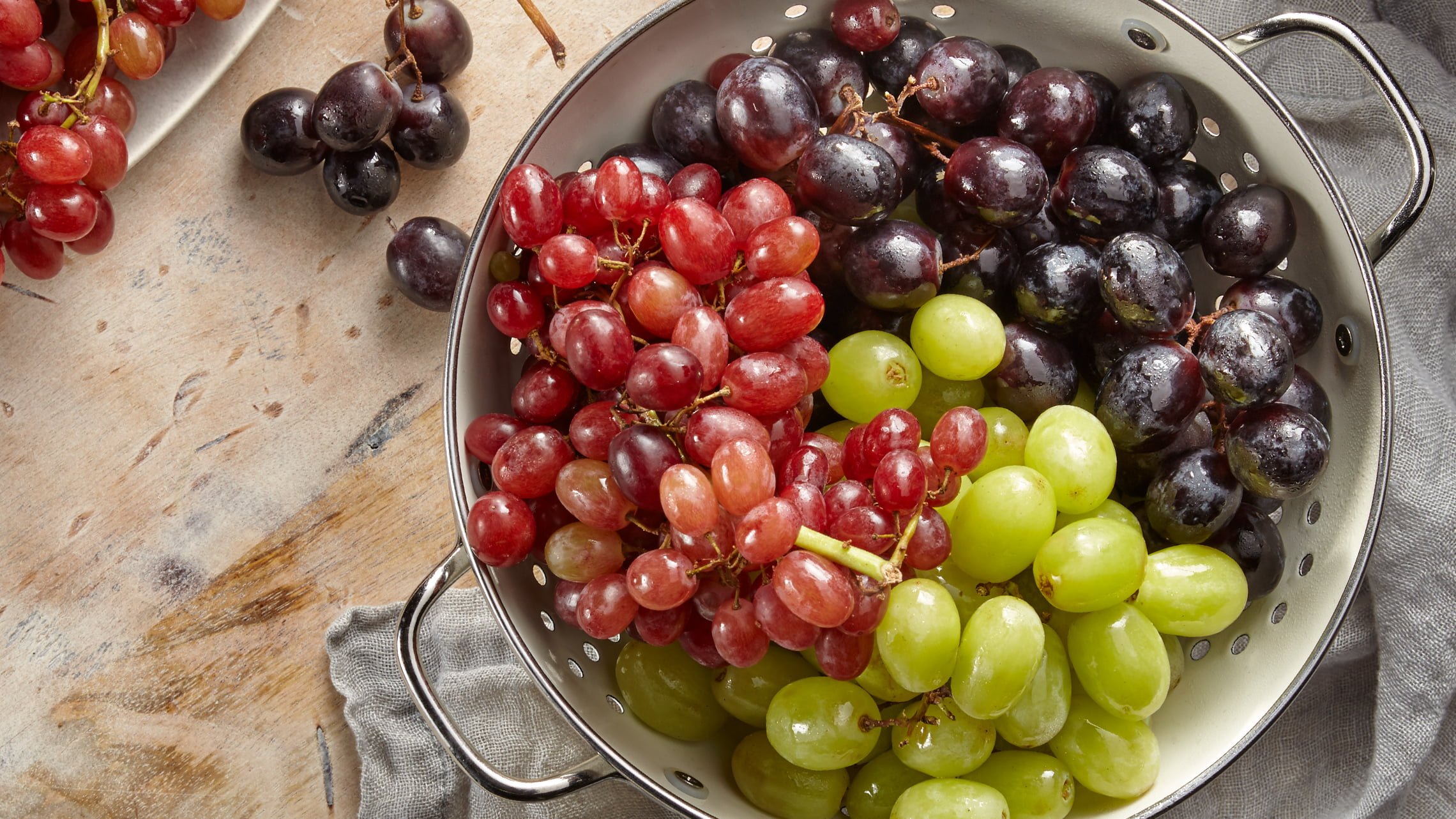
Thompson Seedless Grapes
Thompson Seedless grapes, also known as Sultana, are one of the most widely grown white grape varieties. These grapes are medium-sized with a thin, light-green skin. Thompson Seedless grapes have a delicate sweetness and a subtle yet refreshing taste. They are commonly used for making raisins, as well as being enjoyed fresh or added to salads and desserts. Their mild flavor and versatile nature make them a popular choice for snacking or incorporating into various dishes.
Riesling Grapes
Riesling grapes are renowned for their incredible sweetness and highly aromatic qualities. These grapes are primarily used for making white wines, ranging from dry to sweet. Riesling grapes have a greenish-white color and a characteristic high acidity balanced by their natural sweetness. Their flavor profile often includes notes of citrus, flowers, and stone fruits. Riesling grapes complement a variety of dishes, such as spicy Asian cuisine, grilled seafood, or fruity desserts.
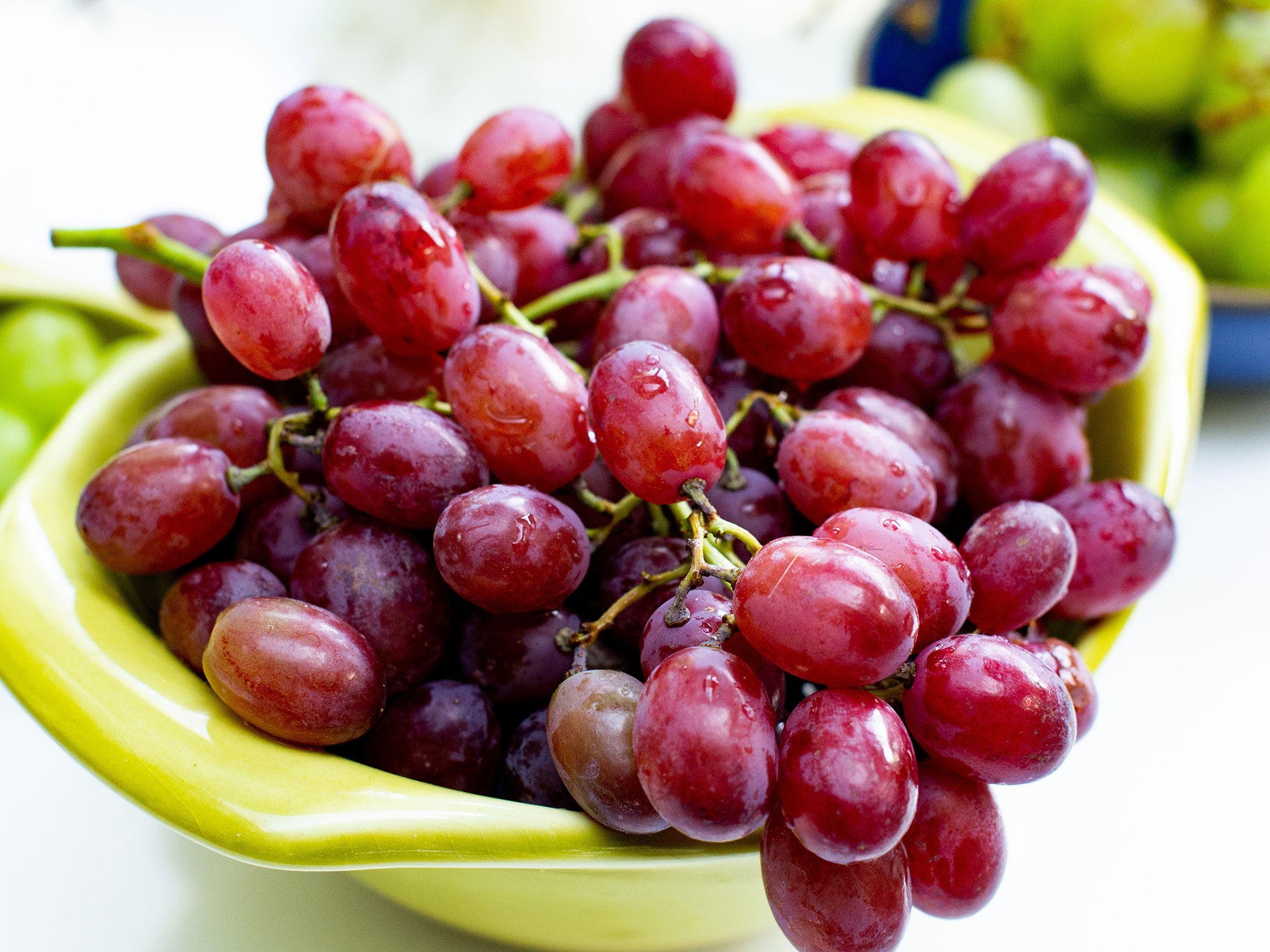
Other Sweet Grape Varieties
In addition to Concord, Muscat, Thompson Seedless, and Riesling grapes, there are various other sweet grape varieties worth exploring. Some of these include:
Flame Seedless Grapes
Flame Seedless grapes are known for their vibrant red color and exceptional sweetness. These grapes are large, plump, and firm, with a refreshing and sugary taste. Flame Seedless grapes are excellent for snacking, making fruit salads, or using as a topping for desserts.
Red Globe Grapes
Red Globe grapes are large, round, and have a deep red or purple skin. These grapes are renowned for their sweetness and mild acidity. Red Globe grapes are often used for making red wine or enjoyed fresh. They pair well with cheese, nuts, and various sweet and savory dishes.
Sugraone Grapes
Sugraone grapes are green, seedless grapes known for their impressive size and intense sweetness. These grapes have a thin skin and a crisp, juicy texture. Sugraone grapes are perfect for eating as a healthy snack or incorporating into fruit salads for an added burst of sweetness.
Grapes with Natural Sugars
While all grapes contain natural sugars, certain varieties are particularly known for their elevated sweetness levels. Some grape varieties with naturally higher sugar content include:
Muscadine Grapes
Muscadine grapes, native to North America, are prized for their incredible sweetness. They come in different colors, including purple, black, and bronze. Muscadine grapes have a thick skin and a rich, musky and floral flavor. These grapes are often used for making wine, jams, and preserves, or enjoyed fresh as a sweet treat.
Niagara Grapes
Niagara grapes are white, seedless grapes that are exceptionally sweet and juicy. These grapes have a pale greenish-yellow color and a tender, thin skin. Niagara grapes are often used for making grape juice or added to fruit salads for their incredible sweetness and refreshing taste.
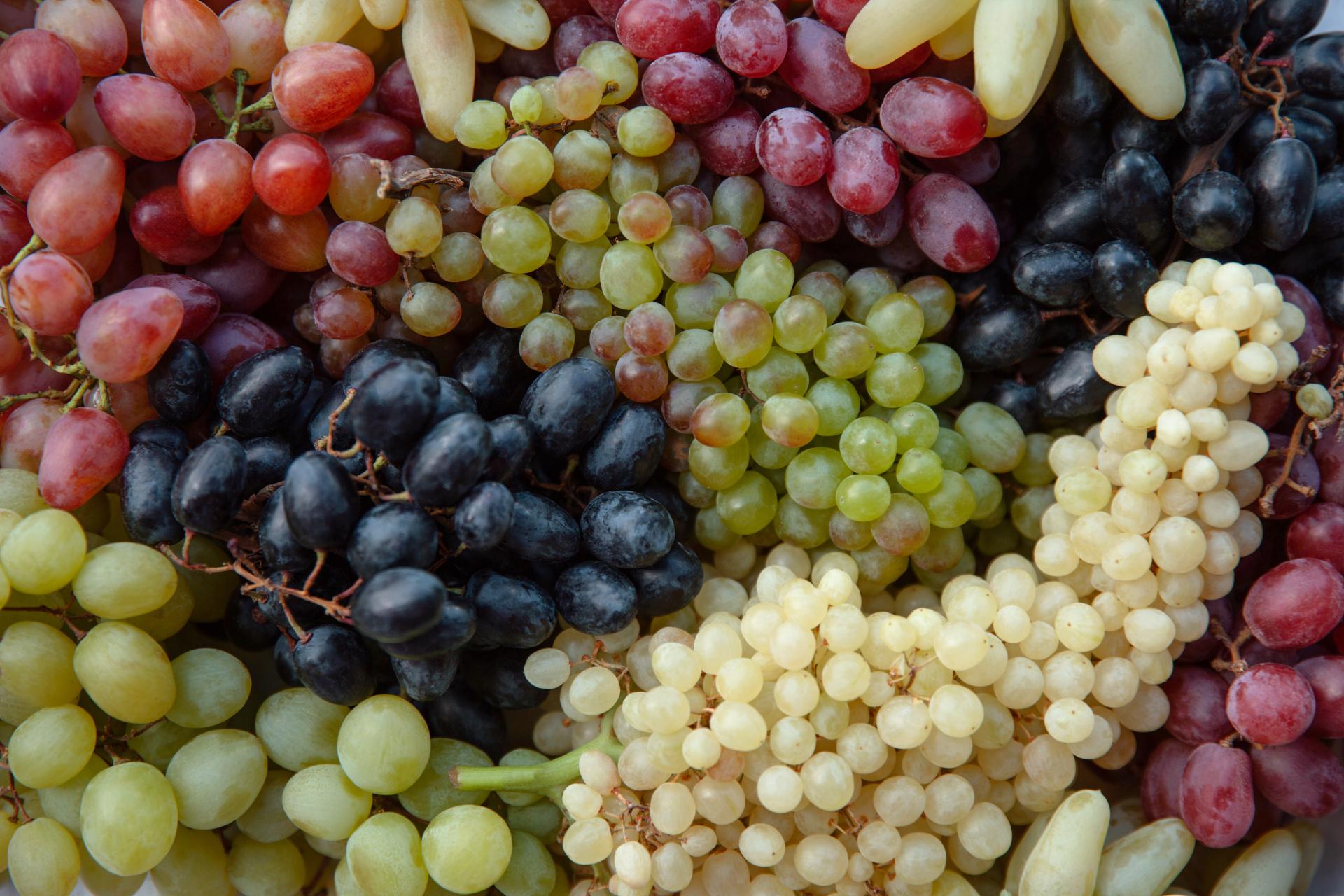
Grapes with Added Sweetness
In recent years, there has been an interesting development in the world of grape breeding, resulting in varieties that have naturally enhanced sweetness. Some of these grapes include:
Cotton Candy Grapes
Cotton Candy grapes are a unique variety that gained popularity for their uncanny resemblance in flavor to the spun sugar treat. These grapes are firm, seedless, and have a light green or yellowish color. Cotton Candy grapes are incredibly sweet, offering a burst of cotton candy-like flavor. They are perfect for snacking, adding a whimsical touch to fruit salads, or satisfying a sweet tooth in a healthier way.
Candy Snaps Grapes
Candy Snaps grapes are another exceptional grape variety known for their sweetness. These red seedless grapes have a crisp texture and a candy-like flavor profile. Candy Snaps grapes make a delightful addition to cheese plates, desserts, or enjoyed on their own for a guilt-free indulgence.
How to Select Sweet Grapes
Selecting the sweetest grapes requires some careful observation and consideration of various factors. Here are some tips to help you choose the sweetest grapes for your enjoyment:
Color and Firmness
Look for grapes that have a vibrant, consistent color. Grapes that are dull or have blemishes may not be as sweet. Additionally, choose grapes that are firm to the touch. Soft or wrinkled grapes may be past their prime and have lower sugar content.
Smell and Aroma
Gently sniff the grapes to determine their aroma. Sweet grapes often have a pleasant, fruity aroma. Avoid grapes with an unpleasant or sour scent.
Taste Test
If possible, sample a grape before purchasing. Sweet grapes will have a balanced sweetness and a pleasant flavor. Avoid grapes that taste overly tart or lack sweetness.
Sugar Content
Pay attention to the sugar content of grape varieties. Different grape varieties have varying sugar levels, and choosing varieties known for their sweetness can increase your chances of finding a sweet grape.
Harvest Season
Consider the harvest season when selecting grapes. Grapes that are in season are more likely to be fresh and at their peak sweetness. Check with local farmers’ markets or grocery stores for the availability of seasonal grapes.
In conclusion, when it comes to sweet grapes, the choices are abundant. Whether you prefer the intense sweetness of Concord grapes, the aromatic qualities of Muscat grapes, the delicate flavor of Thompson Seedless grapes, or the exceptional sweetness of Riesling grapes, there is a sweet grape variety to suit every taste. By considering factors like ripeness, growing conditions, varietal, and climate, you can select the sweetest grapes for your enjoyment. Additionally, exploring other sweet grape varieties, grapes with natural sugars, and grapes with added sweetness can broaden your grape-tasting experience. Remember to use your senses to evaluate color, firmness, smell, and taste, as well as consider the sugar content and harvest season when selecting grapes. With these insights, you can indulge in the sweetest grapes available and truly savor their delightful flavors.
